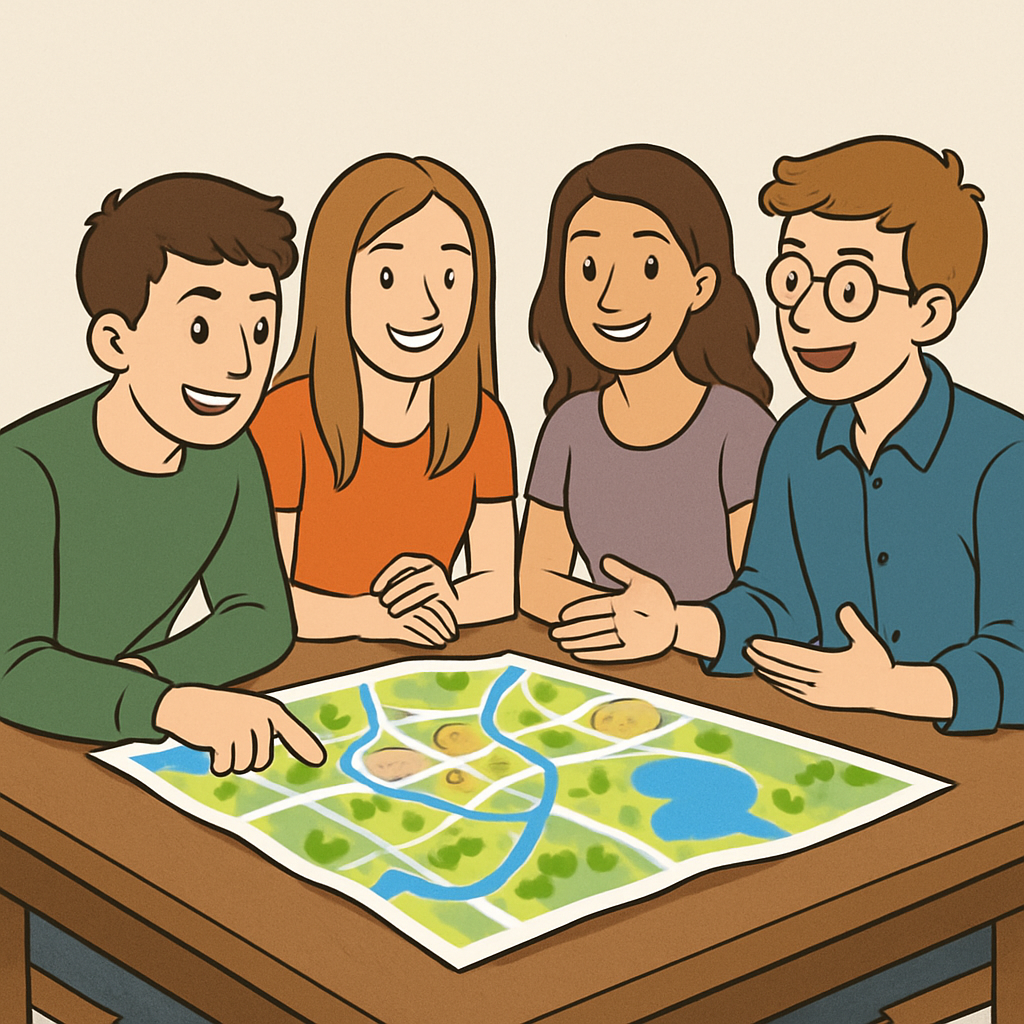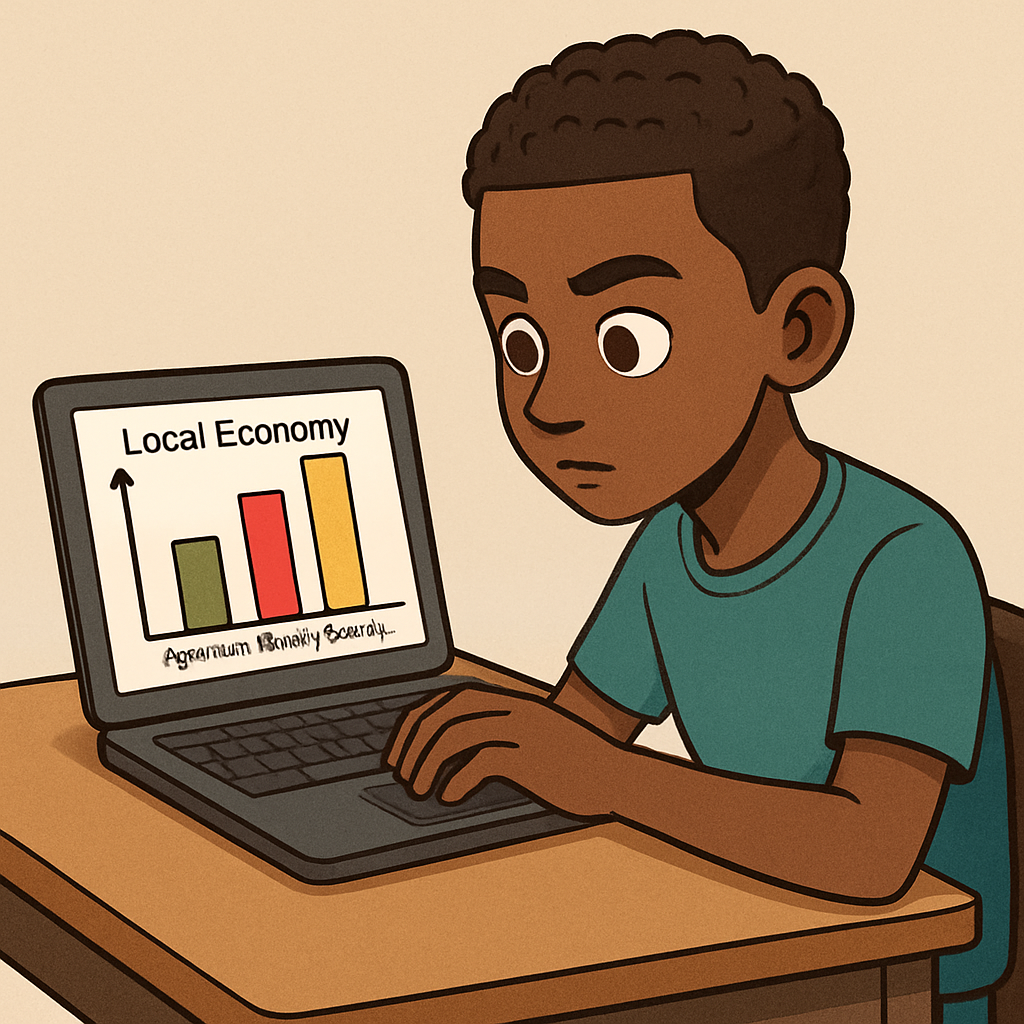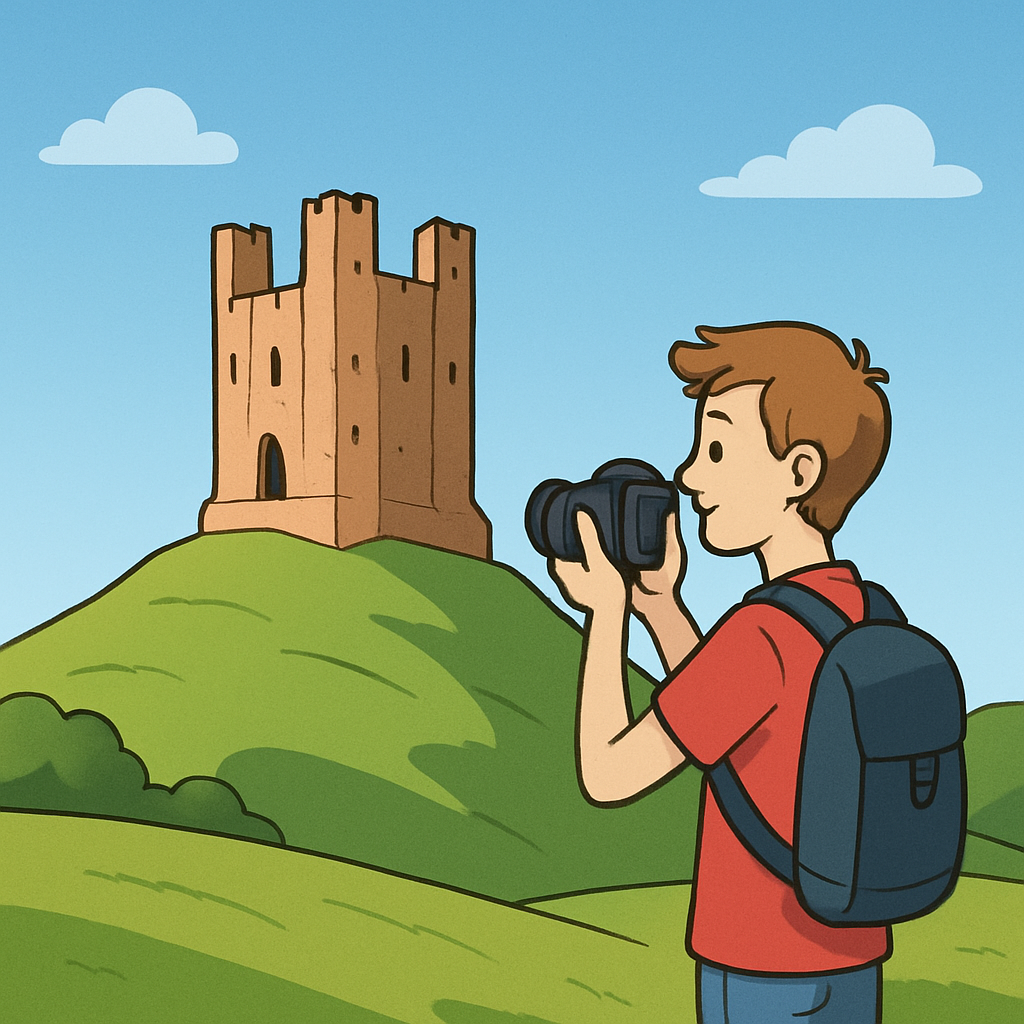 In this lesson, you will explore the main economic activities in your local area and assess its potential for tourism. This will help you understand how these factors drive local employment and opportunities as you prepare for the world of work. You'll also engage in group discussions to practise working cooperatively and leading a team.
In this lesson, you will explore the main economic activities in your local area and assess its potential for tourism. This will help you understand how these factors drive local employment and opportunities as you prepare for the world of work. You'll also engage in group discussions to practise working cooperatively and leading a team.
By the end of this lesson, you will have:
 Principal economic activities are the main industries or sectors that generate income, create jobs, and support the overall economy in your local area. These activities form the backbone of the community, influencing everything from employment opportunities to local services. Understanding them helps you see how the local economy works and how it might connect to your future career choices.
Principal economic activities are the main industries or sectors that generate income, create jobs, and support the overall economy in your local area. These activities form the backbone of the community, influencing everything from employment opportunities to local services. Understanding them helps you see how the local economy works and how it might connect to your future career choices.
For instance, in many parts of Ireland, these activities vary by region – rural areas might focus on agriculture, while urban centres could emphasise technology or services. Recognising these can reveal potential job paths, such as roles in farming, factory work, or customer service.
Examples in Ireland might include:
Task: Based on what you already know about your local area (from living there, news, or school), list at least three principal economic activities. For each one, note why it's important – think about aspects like the number of jobs it creates, its contribution to the local economy, or how it affects community life (e.g., agriculture employs many in farming roles and supports local food supplies).
If you're unsure, start by thinking about what you see around you: Are there farms, factories, offices, or shops that seem prominent?
Spend about 10 minutes on this task. Jot down your list in a notebook or digital document, and be prepared to expand on it in the next step.
 Now that you have your initial list from personal knowledge, it's time to expand and verify it through research. This step will help you gain a deeper understanding of your local economy, which is crucial for identifying potential career paths and understanding how different sectors contribute to community development. Use reliable online sources to gather accurate data – remember, good research skills are valuable in any job.
Now that you have your initial list from personal knowledge, it's time to expand and verify it through research. This step will help you gain a deeper understanding of your local economy, which is crucial for identifying potential career paths and understanding how different sectors contribute to community development. Use reliable online sources to gather accurate data – remember, good research skills are valuable in any job.
Start with the Central Statistics Office (CSO) website: CSO Ireland. Look for sections on regional statistics, employment, or business data. You can search for terms like 'economic activities in [your county/region]' or 'employment by sector in Ireland'. Also, check your local council's website (e.g., search for '[Your County] Council economy' or 'local business directory'). Other useful sites include Teagasc for agriculture or Enterprise Ireland for business insights.
When researching, focus on facts like the number of people employed in each sector, its contribution to the local GDP (gross domestic product), or any recent trends, such as growth in tech industries. Make sure to note down your sources for each piece of information – this is a good habit for future reports or job applications.
Task: Add at least three more economic activities to your initial list (or refine existing ones if your research shows differences). For each activity, note its importance – include details like approximate job numbers, economic contribution (e.g., percentage of local income), and how it impacts the community (e.g., supports exports or local services). Then, compare this to your initial list: Were there any surprises, such as an activity you didn't know was so prominent? Why do you think that is?
Spend about 15 minutes on this task. Document your findings in a notebook or digital document, including a brief note on your sources.
 Tourism potential refers to the attractions, natural features, cultural events, or unique experiences in your local area that could attract visitors from elsewhere. This not only brings in revenue but also creates jobs in areas like hospitality, tour guiding, retail, and services. Evaluating tourism potential means looking at what makes your area appealing, identifying strengths such as beautiful landscapes or historical landmarks, and considering challenges like poor infrastructure, seasonal weather, or lack of promotion.
Tourism potential refers to the attractions, natural features, cultural events, or unique experiences in your local area that could attract visitors from elsewhere. This not only brings in revenue but also creates jobs in areas like hospitality, tour guiding, retail, and services. Evaluating tourism potential means looking at what makes your area appealing, identifying strengths such as beautiful landscapes or historical landmarks, and considering challenges like poor infrastructure, seasonal weather, or lack of promotion.
Understanding this is crucial because tourism can boost the local economy, support small businesses, and even tie into other economic activities – for example, agricultural areas might develop farm-to-table experiences or eco-tourism. In Ireland, tourism is a major industry, contributing billions to the economy and employing thousands, often in regions with natural beauty or heritage sites.
Examples of tourism potential in Ireland might include:
Task: Based on what you already know about your local area (from living there, school trips, or family outings), list at least three examples of tourism potential. For each one, note why it's appealing – think about what might draw visitors, such as natural beauty, unique history, or fun activities, and how it could create jobs (e.g., a local festival might need event organisers and vendors).
If you're unsure, start by thinking about what makes your area special: Are there landmarks, events, or natural spots that people talk about?
Spend about 10 minutes on this task. Jot down your list in a notebook or digital document, and be prepared to expand on it in the next step.
 Now that you have your initial list of tourism potentials from personal knowledge, it's time to expand and verify it through research. This step will help you gain a deeper understanding of how tourism can drive local economic growth, create jobs, and connect with other sectors like hospitality or retail. Good research skills are essential for evaluating opportunities, which is a valuable asset in many careers.
Now that you have your initial list of tourism potentials from personal knowledge, it's time to expand and verify it through research. This step will help you gain a deeper understanding of how tourism can drive local economic growth, create jobs, and connect with other sectors like hospitality or retail. Good research skills are essential for evaluating opportunities, which is a valuable asset in many careers.
Start with reliable sources such as the Fáilte Ireland website: Fáilte Ireland. Look for sections on regional tourism, attractions, or development plans. You can search for terms like 'tourism in [your county/region]' or 'visitor attractions in Ireland'. Also, check your local tourism board or council's website (e.g., search for '[Your County] tourism' or 'local visitor guide'). Other useful sites include Discover Ireland for attraction listings or CSO Ireland for tourism statistics like visitor numbers and economic impact.
When researching, focus on facts such as the number of visitors each attraction draws annually, its contribution to the local economy (e.g., revenue generated), or any development plans. Consider strengths (what makes it attractive), challenges (barriers to growth), and opportunities for job creation. Make sure to note down your sources for each piece of information – this practice will help in future reports or career planning.
Task: Add at least four tourism attractions or potentials to your initial list (or refine existing ones based on your research). For each, evaluate its strengths (e.g., unique appeal), challenges (e.g., seasonal limitations), and potential for job creation (e.g., roles in guiding, hospitality, or event management). Then, compare this to your initial list: Were there any surprises, such as an underrated attraction? Why do you think that is?
Spend about 15 minutes on this task. Document your findings in a notebook or digital document, including a brief note on your sources.